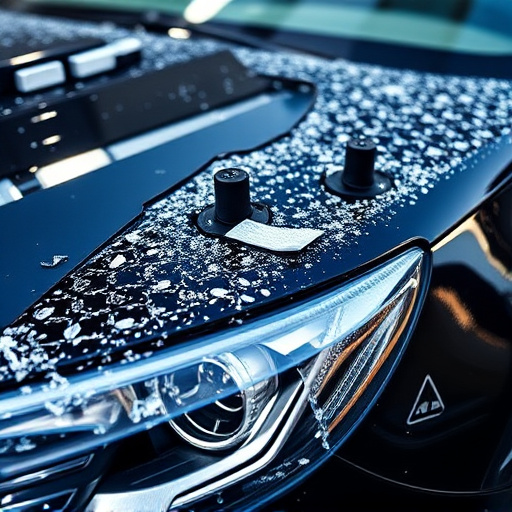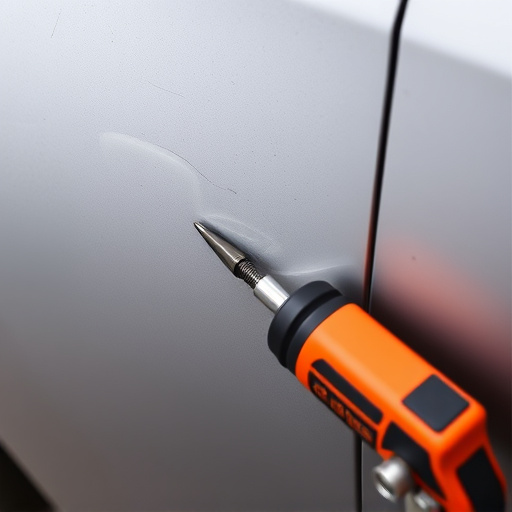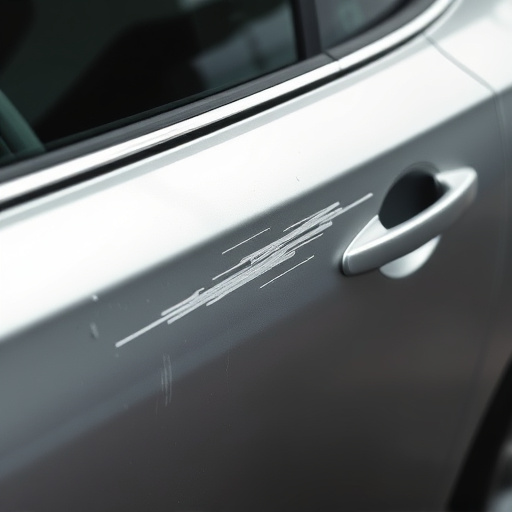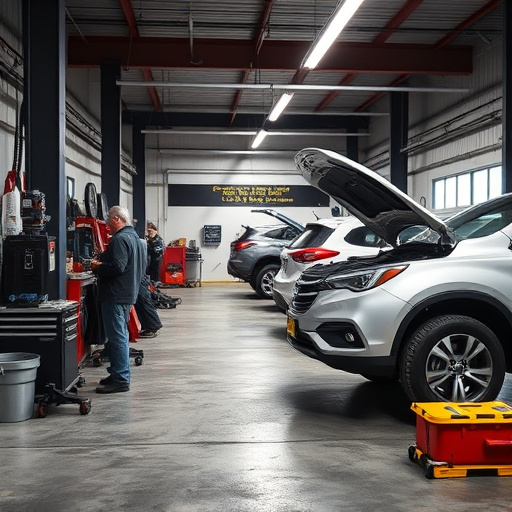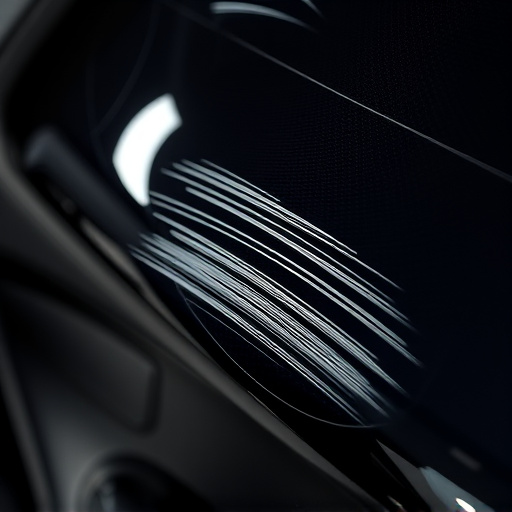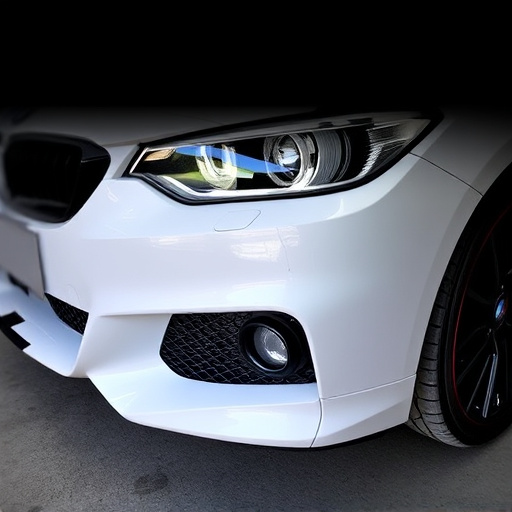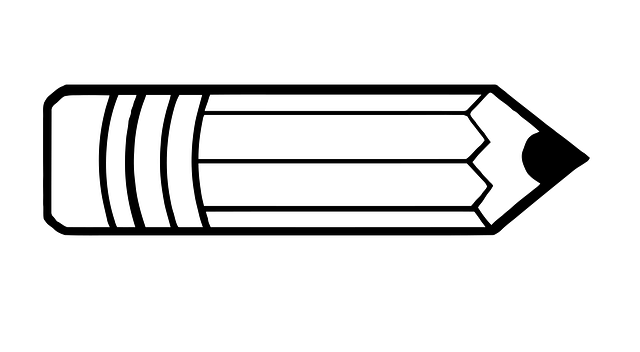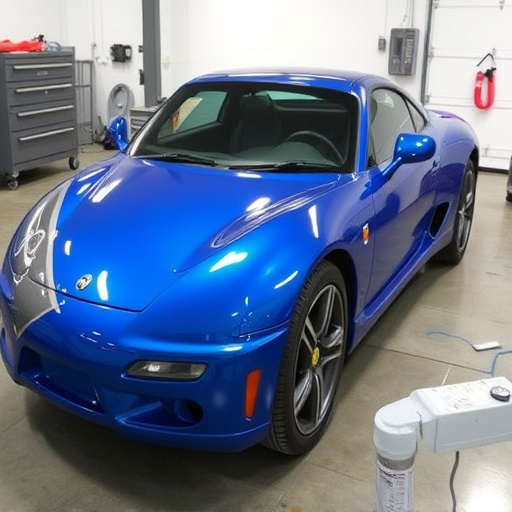PDR quality standards are essential for auto body shops, ensuring safe and effective hail damage repairs, maintaining structural integrity, and preserving original finishes. Effective training combines theory, demonstrations, and exercises, focusing on panel alignment, paint restoration, and scratch removal. Regular measuring practices using advanced tools, continuous training, and clear metrics ensure superior PDR quality standards, fostering customer satisfaction and vehicle lifespan extension.
Elevate your business with immersive PDR quality training sessions—a game-changer for any industry. This comprehensive guide explores the art of enhancing skills through structured learning, focusing on PDR quality standards. Discover how tailored training sessions can transform performance, ensuring consistency and excellence. From understanding foundational standards to implementing effective strategies and measuring ongoing success, this article provides a roadmap for reaching new heights in PDR quality.
- Understanding PDR Quality Standards
- Designing Effective Training Sessions
- Measuring and Maintaining High Standards
Understanding PDR Quality Standards
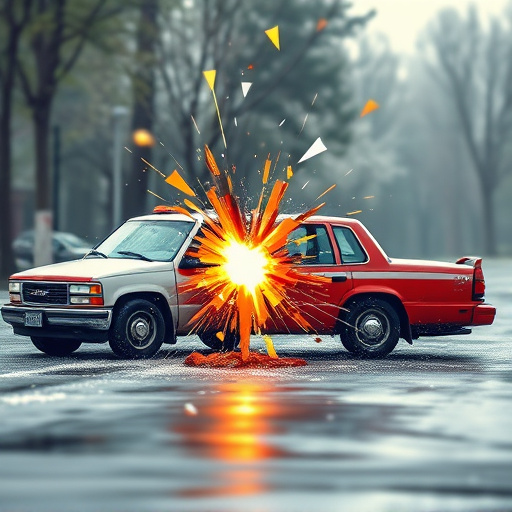
PDR quality standards are a set of guidelines that define the best practices for paintless dent repair (PDR). Understanding these standards is paramount for anyone involved in the auto body shop industry, as they ensure the safety and effectiveness of hail damage repair and frame straightening processes. By adhering to PDR quality standards, professionals can deliver high-quality body shop services, maintaining the integrity of vehicles while minimizing repair times and costs.
These standards encompass various aspects of PDR, including tool selection, technique application, and final inspection. They emphasize precision and skill in order to preserve the original factory finish and structural integrity of the vehicle. With a focus on efficiency and accuracy, PDR quality standards help technicians optimize their work, ensuring customer satisfaction and vehicle longevity.
Designing Effective Training Sessions

Designing effective training sessions for PDR quality standards is a meticulous process that involves tailoring content to meet the specific needs of automotive repair services and car bodywork professionals. The goal is to create immersive learning experiences that not only educate but also inspire practitioners to strive for excellence in their auto body repair skills. To achieve this, course designers must incorporate a blend of theoretical knowledge, practical demonstrations, and interactive exercises.
By focusing on key aspects such as panel alignment, paint restoration, and scratch removal techniques, training sessions can equip participants with the necessary tools to consistently deliver top-tier automotive repair services. Incorporating real-world case studies and hands-on workshops allows trainees to apply learned concepts directly to car bodywork services, fostering a deeper understanding of PDR quality standards in practice.
Measuring and Maintaining High Standards

Maintaining high PDR quality standards is paramount for any auto collision center aiming to deliver top-tier services. Regular and rigorous measuring practices are essential to ensure that repairs meet or exceed industry benchmarks. This involves meticulous inspections, using advanced tools to assess precision and consistency in panel alignment, paint finish, and overall aesthetic restoration. By establishing clear metrics, centers can objectively gauge their performance, identifying areas for improvement.
Continuous training sessions play a pivotal role in keeping the team up-to-date with the latest PDR techniques, especially as the field evolves. These sessions not only reinforce best practices but also expose technicians to innovative tools and methods used in luxury vehicle repair. As the industry navigates through complex repairs, from minor fender benders to extensive auto collisions, staying at the forefront of PDR quality standards ensures that customers receive seamless, high-quality results, restoring their vehicles to their pre-accident condition or even beyond.
By implementing structured training sessions that adhere to PDR quality standards, businesses can ensure consistent excellence in their repairs. Focusing on clear communication, comprehensive curricula, and regular evaluation allows for continuous improvement, ultimately enhancing customer satisfaction and fostering a reputation for superior service. These strategies are essential steps towards raising the bar within the industry.
